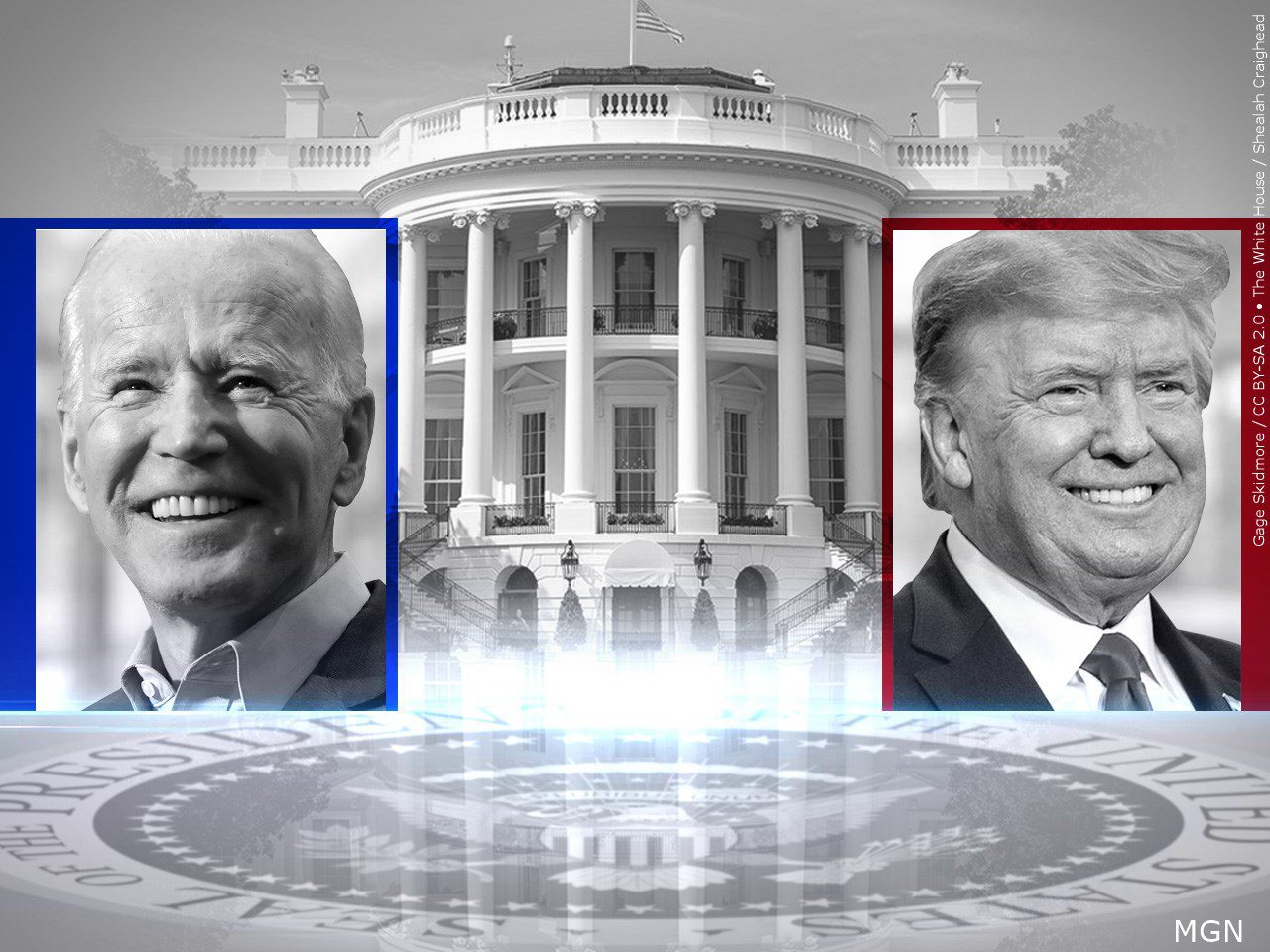Minnesota Primary Election Overview

The Minnesota primary elections are a crucial step in the state’s political process, determining the candidates who will compete in the general election. Held on [Date of Primary Election], these elections allow registered voters to select their preferred candidates for various offices, including the U.S. Senate, U.S. House of Representatives, and state-level positions. The outcome of these primaries significantly influences the political landscape of Minnesota and can have national implications.
Key Races
The Minnesota primary elections are often marked by high-profile races that attract significant attention. The upcoming primary election features several key contests, including:
- U.S. Senate: This race is likely to be closely watched as incumbent [Name of Incumbent Senator] faces a challenge from [Name of Challenger]. The outcome of this race will have a significant impact on the balance of power in the U.S. Senate.
- U.S. House of Representatives: Several districts in Minnesota will see competitive primary elections, with candidates vying for the chance to represent their constituents in the U.S. House. These races are often influenced by local issues and the national political climate.
- Governor: [Name of Incumbent Governor] is seeking re-election and will face a challenge from [Name of Challenger]. The outcome of this race will determine the direction of the state’s executive branch.
Voting Procedures
Minnesota offers various ways for registered voters to cast their ballots in the primary elections. Voters can choose to vote in person at their assigned polling place, request an absentee ballot by mail, or participate in early voting. The state has implemented measures to ensure the integrity and accessibility of the voting process.
Significance of Minnesota Primary Elections, Minnesota primaries
The Minnesota primary elections hold significant importance in the state’s political landscape. These elections:
- Shape the General Election: The outcome of the primary elections determines the candidates who will compete in the general election. This process helps to narrow down the field and provides voters with a clear choice in November.
- Reflect the Political Mood: The primary elections often provide insights into the political mood of the state. The candidates who emerge victorious in the primaries may reflect the prevailing political sentiments and priorities of the electorate.
- Influence National Politics: Minnesota is a battleground state in national elections, and the outcome of its primary elections can have implications for the national political landscape. The candidates who win in Minnesota may go on to play a significant role in national politics.
Historical Context
Minnesota primary elections have a rich history, dating back to [Year of First Primary Election]. Over the years, these elections have witnessed significant changes in the political landscape of the state.
- Shifting Party Alignments: Minnesota has historically been a strong Democratic state, but in recent years, there has been a shift in party alignments. The primary elections have reflected these changes, with a growing number of competitive races between candidates from different parties.
- Emergence of New Issues: The primary elections have also seen the emergence of new issues that have become central to the political debate in Minnesota. These issues, such as [Example of Emerging Issues], have shaped the platforms of candidates and the priorities of voters.
- Increased Voter Participation: There has been an increase in voter participation in recent primary elections, reflecting the growing engagement of Minnesota voters in the political process. This trend has been driven by factors such as [Factors Influencing Voter Participation].
Key Candidates and Races

The Minnesota primary elections will determine the candidates who will compete in the general election for various state and federal offices. This year, several key races have attracted significant attention, with candidates vying for the opportunity to represent the state at the highest levels.
Governor
The race for governor in Minnesota is highly competitive, with several candidates vying for the Democratic and Republican nominations.
- Democratic Party: The Democratic primary features a crowded field, with several candidates seeking to challenge the incumbent Republican governor. Some key candidates include:
- [Candidate Name]: [Candidate Name] is a [brief description of candidate’s background, experience, and political stance]. [Candidate Name]’s campaign focuses on [mention key campaign issues].
- [Candidate Name]: [Candidate Name] is a [brief description of candidate’s background, experience, and political stance]. [Candidate Name]’s campaign focuses on [mention key campaign issues].
- Republican Party: The Republican primary is expected to be a close contest between two prominent candidates:
- [Candidate Name]: [Candidate Name] is a [brief description of candidate’s background, experience, and political stance]. [Candidate Name]’s campaign focuses on [mention key campaign issues].
- [Candidate Name]: [Candidate Name] is a [brief description of candidate’s background, experience, and political stance]. [Candidate Name]’s campaign focuses on [mention key campaign issues].
Voter Turnout and Demographics: Minnesota Primaries

The Minnesota primary elections are expected to draw a moderate voter turnout, influenced by factors such as the level of political engagement and the competitiveness of the races. Understanding the demographic trends of voters participating in the primary elections is crucial for analyzing the political landscape and potential outcomes.
Voter Turnout Projections
The expected voter turnout in the Minnesota primary elections is likely to be influenced by several factors, including the level of public interest in the races, the effectiveness of campaign outreach efforts, and the ease of access to voting. While predicting exact turnout figures is challenging, historical trends and current political dynamics provide insights.
Past primary elections in Minnesota have typically seen voter turnout ranging from 20% to 30%.
For instance, the 2020 Minnesota primary elections saw a turnout of approximately 25%, reflecting a moderate level of participation. However, factors such as the presence of high-profile races and the level of public engagement in specific issues can significantly impact turnout.
Demographic Trends
The demographic composition of voters participating in the primary elections plays a crucial role in shaping the political landscape and influencing election outcomes. Historical data and current trends provide insights into the demographic groups most likely to participate in the primary elections.
Historically, older voters and those with higher levels of education have tended to have higher voter turnout rates in primary elections.
For example, in the 2020 Minnesota primary elections, voters aged 65 and older had a significantly higher turnout rate than younger voters. Similarly, voters with a college degree or higher had a higher turnout rate compared to those with lower levels of education. However, it’s important to note that these trends can vary depending on the specific races and issues at stake.
Factors Influencing Voter Turnout
Several factors can influence voter turnout in primary elections, including the level of political engagement, the effectiveness of campaign strategies, and the ease of access to voting.
- Political Engagement: The level of public interest in the races and the perceived importance of the issues at stake can significantly impact voter turnout. For instance, primary elections featuring high-profile candidates or contentious issues tend to draw higher voter turnout.
- Campaign Strategies: Effective campaign strategies, including voter outreach efforts, get-out-the-vote initiatives, and targeted messaging, can significantly influence voter turnout. Campaigns that successfully engage voters and mobilize their base are more likely to see higher turnout among their supporters.
- Ease of Access to Voting: Factors such as the availability of early voting, convenient polling locations, and voter registration procedures can influence voter turnout. Making it easier for voters to participate can lead to higher turnout rates.
The Minnesota primaries are always a lively affair, with voters making their voices heard on a range of important issues. One notable figure who has certainly made his mark on the political landscape is Nate Schluter, whose impact in the industry is undeniable.
While Schluter may not be directly involved in the Minnesota primaries this year, his legacy of passionate advocacy and strategic maneuvering continues to influence the political climate. Perhaps we’ll see a new generation of candidates inspired by his example, making the upcoming Minnesota primaries even more interesting to watch.
The Minnesota primaries saw a flurry of activity, with candidates vying for the chance to represent their party in the upcoming general election. These primaries, like all elections, are ultimately about the people and their choices. To understand the full picture, it’s essential to examine the election results – they tell the story of who the voters have chosen to represent them.
And in Minnesota, the story is still unfolding, with the primaries just the first chapter in a long and exciting political saga.